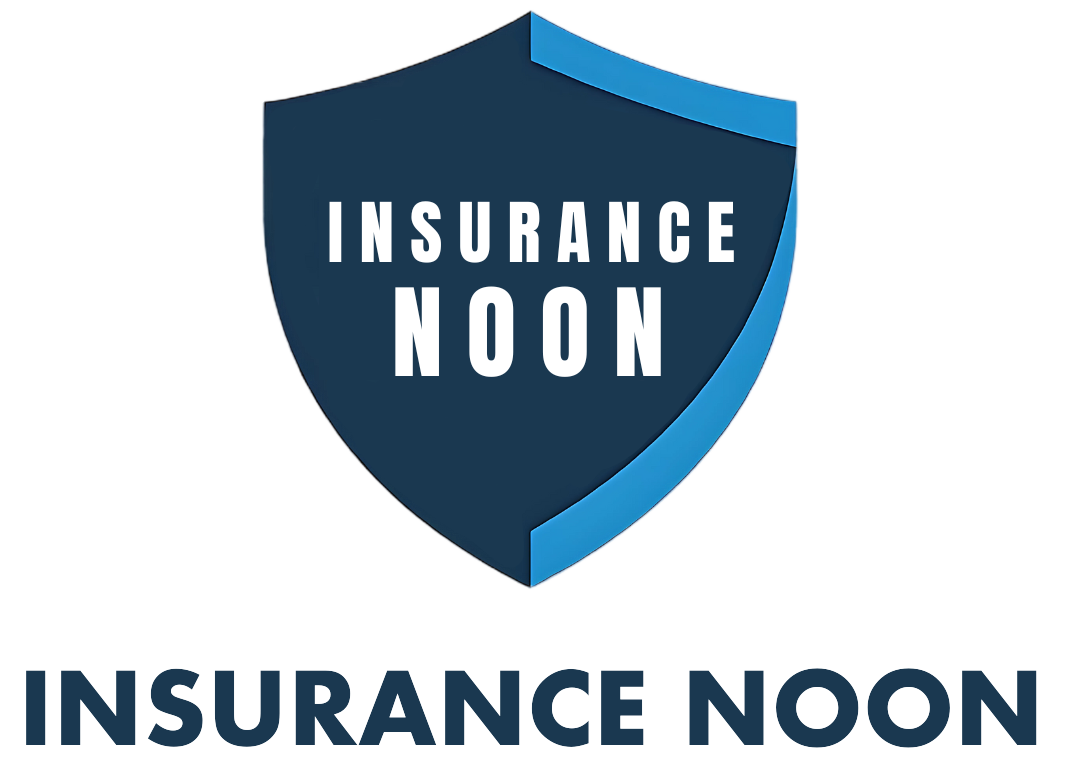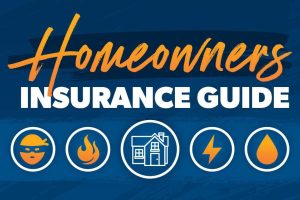How Expensive is Flood Insurance?
All you need to know about Flood Insurance costs.
Flood insurance is a topic that can quit homeowners and possibly buyers wondering about the financial effect of safeguarding their homes against nature’s wrath. While the cost of flood insurance may raise eyebrows, it’s an essential consideration for anyone living in flood-prone areas or near bodies of water. This blog post delves into flood insurance, exploring the expenses and benefits that make it a wise investment.
Regarding sympathy flood insurance costs, there are various factors at play. Factors such as your home’s location, height, closeness to water, and the level of coverage you choose can all influence the price you’ll pay to protect your property. The introduction of FEMA’s Risk Rating 2.0 has also brought about changes in flood insurance pricing, moving from traditional flood maps to a more personalized approach aiming for fairer and more accurate rates.
But why invest in flood insurance despite the costs? The benefits far outweigh the expenses. Flood insurance not only protects your land but also your peace of mind. It can save you from disastrous financial losses in a flood, safeguard your loved ones, and even raise your home’s value. Moreover, flood insurance offers ease and resilience in a crisis, ensuring you can recover and rebuild without breaking the bank.
In this extensive guide, we’ll dive deep into the complexities of flood insurance, explore how Risk Rating 2.0 has altered the pricing landscape, and provide expert tips on saving money on flood insurance rewards. Whether you’re a homeowner, an ability buyer, or simply someone strange about flood insurance, this blog post will give you the knowledge to make informed decisions and protect what matters most. So, let’s embark on this journey to uncover flood insurance’s actual cost and value.
What is Flood Insurance Coverage?
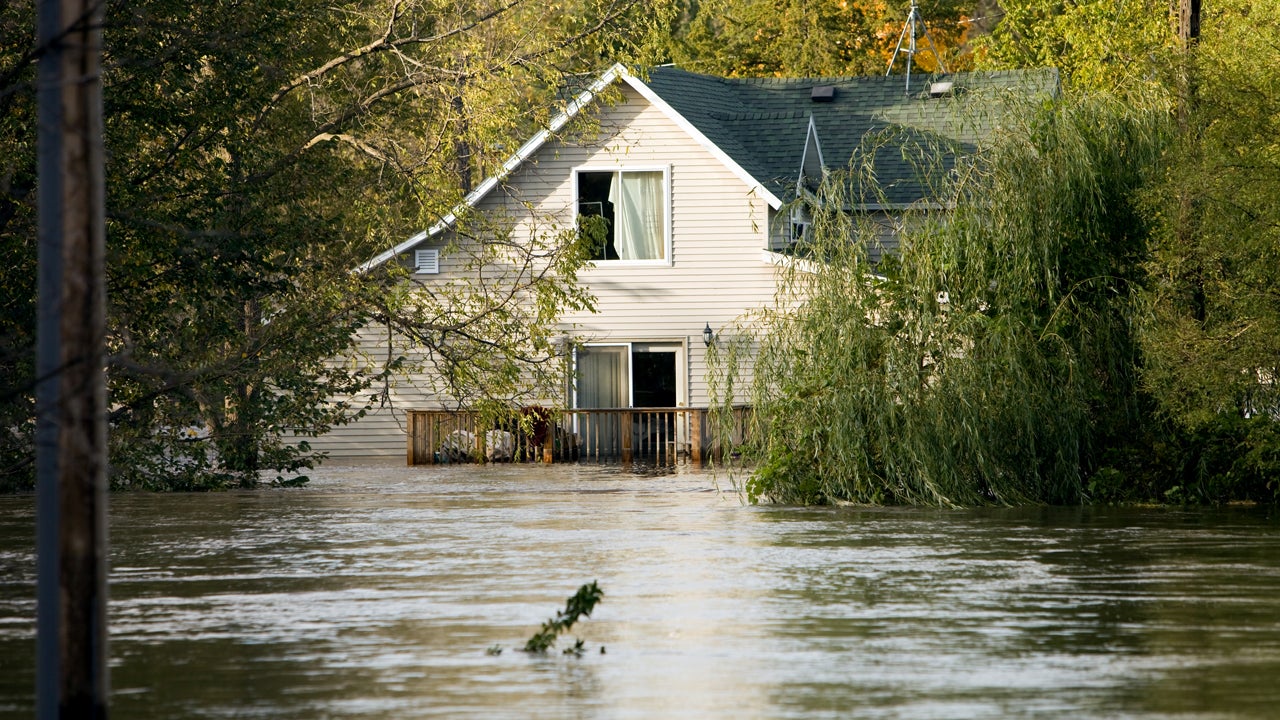
Flood insurance is a specialized type of coverage designed to protect homeowners and businesses from the financial devastation of flooding. While Many people use the term “flood” to describe any water damage, it’s essential to understand that floods are distinct weather events, and flood insurance is tailored to cover specific circumstances. Flood insurance primarily covers damage caused by weather-related floods.
These floods can result from heavy rainfall, storm surges, overflowing bodies of water like rivers and lakes, and rapid snowmelt. This type of insurance is essential for residents in flood-prone areas, as it provides financial security against the significant losses resulting from these natural disasters. It’s common for people to use the term “flood” when discussing various types of water damage, such as burst pipes or sewer backups.
However, it’s important to note that flood insurance explicitly addresses damage caused by natural flooding instead of internal water-related issues. Homeowners insurance typically covers water damage originating within your home, like a burst pipe or a malfunctioning water heater. If a flash flood or heavy rains lead to a sewer backup and subsequent flooding inside your home, flood insurance would be necessary to cover the damage caused by the external floodwaters.
Key coverage areas
Flood insurance policies typically cover two main areas:
- Building property coverage: This includes coverage for the structure of your home and its foundation, along with essential systems like plumbing, electrical, heating, and air conditioning units. It also extends to built-in appliances, such as refrigerators and stoves, and items like window blinds, detached garages, and debris removal.
- Personal property coverage: This Part of the policy protects your personal belongings. It encompasses many items, including furniture, clothing, electronics, curtains, portable appliances, washers, dryers, food freezers, the food stored in freezers, and valuable possessions like jewelry, furs, and watches. However, there May be limits on coverage for certain high-value items, so it’s essential to review your policy carefully.
In summary, flood insurance is distinct from homeowners insurance, and it’s vital to have both if you live in an area prone to flooding. While homeowners insurance covers water damage from internal sources, flood insurance safeguards your property and belongings against the destructive force of natural floods, helping you mitigate the financial impact of these disasters. Understanding the scope of your coverage and its limitations is crucial for ensuring you’re adequately protected in the event of a flood.
Understanding flood insurance
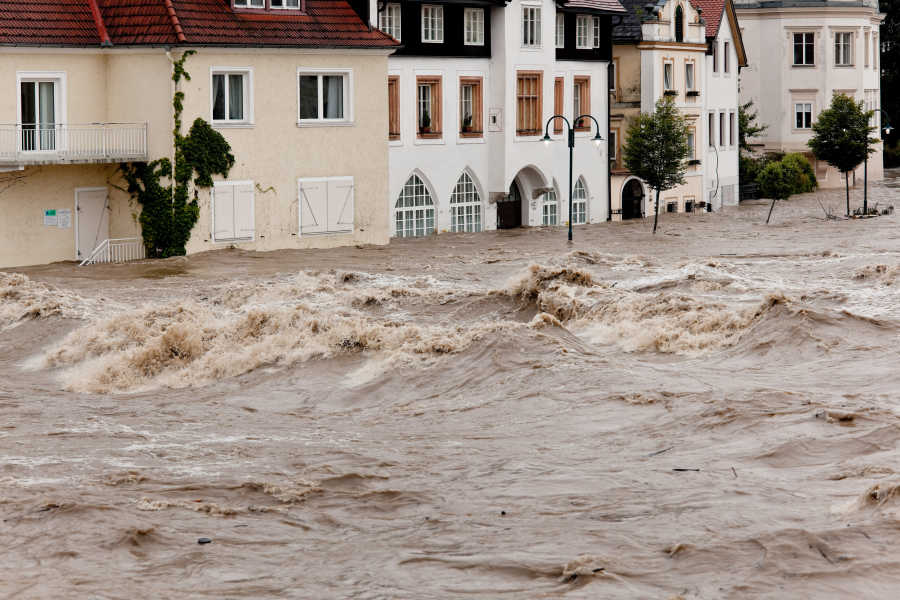
Flood insurance works just like any other insurance product. The policyholder is responsible for paying an annual premium. This premium is based on the property’s flood risk and the deductible they choose. Suppose an external event like storms, rain, snow, collapsed or failed infrastructure leads to damage or destruction of the property or its contents. In that case, the insurance company must give the insured cash for the amount required to repair the damage. It also applies in the situation when rebuilding the entire structure is required. Even though homeowners insurance does not require this, under a flood insurance policy, the insured has to purchase separate policies to cover a dwelling and its contents. You may also need to buy a different coverage rider to cover sewer backup if the rising floodwaters did not cause the blockage.
What is private flood insurance?
Although The National Flood Insurance Program (NFIP), directed by the Federal Emergency Management Agency (FEMA), offers flood insurance to homeowners in involved communities, the insurance policies are issued by secret insurance companies, not the NFIP or FEMA.
However, private flood insurance can be a viable alternative to the government-owned NFIP. Private insurance covers the damage and destruction caused by water damage from a flood to the structure of your home and its contents. The difference between private insurance and other types of flood insurance policies is that this does not have any backing from the federal government and is entirely personal owned. At the same time, the government pays out flood insurance with federal approval and uses taxpayer money to finance it.
While policies under the federal program can only pay out flood damage claims until they receive the funds to do so, private flood insurers rely on money collected from premiums to pay for damages.
It is vital to differentiate private flood insurance from policies sold through the Write Your Own (WYO) Program, which helps secret insurance companies write flood insurance in their name. However, this does not mean it is personal insurance, as it is still organized and reinsured by the federal government. Thus, it is not the same as personal flood insurance.
How do you get private flood insurance?
Private flood insurance is a viable alternative for homeowners who either Don’t reside in an NFIP (National Flood Insurance Program)-participating community or feel that FEMA coverage options fall short of their needs. While FEMA flood insurance is a government-backed program, private insurers offer private flood insurance, providing homeowners with additional opportunities to safeguard their properties against flood-related risks.
Here’s a breakdown of how you can secure private flood insurance:
1. Explore private insurers
Begin your search by researching private insurance companies that offer flood insurance. These insurers May have unique policies, coverage options, and pricing structures. You can do this research online, contact insurance agents, or check with your homeowner’s insurance provider to see if they offer private flood insurance.
2. Assess your needs
Determine the extent of flood insurance coverage you require. Private flood insurance can be purchased as a base policy, an alternative to FEMA flood insurance. Alternatively, you can use an excess approach to supplement your FEMA coverage. For instance, if your NFIP policy limit for building coverage is $250,000, but you want $500,000, an excess flood insurance policy can provide the additional $250,000.
3. Request quotes
Contact the private insurers you’ve identified and request flood insurance quotes. Provide them with the necessary information about your property, such as its location, value, and any previous flood-related claims you May have made. This information Will help insurers determine the cost of coverage.
4. Compare policies
Once you receive quotes from multiple insurers, take the time to compare their policies carefully. Pay close attention to coverage limits, deductibles, premiums, and any additional features or benefits they May offer. This step Will enable you to decide which private flood insurance policy best suits your needs and budget.
5. Purchase your policy
After selecting the private flood insurance policy that aligns with your requirements, contact the insurer to initiate the purchasing process. Be prepared to provide all necessary documentation and complete any required paperwork to secure coverage.
6. Maintain adequate coverage
Remember that holding flood insurance coverage is vital, especially if you live in an area prone to flood. Regularly review your policy to guarantee it meets your progress needs, and consider adjusting your coverage as necessary.
In summary, while FEMA flood insurance is a widely known option, private flood insurance provides homeowners an alternative route to protect their properties. By researching private insurers, assessing your coverage needs, and comparing policies, you can secure the flood insurance that best suits your situation, offering peace of mind in the face of potential flood-related risks.
How expensive is flood insurance?
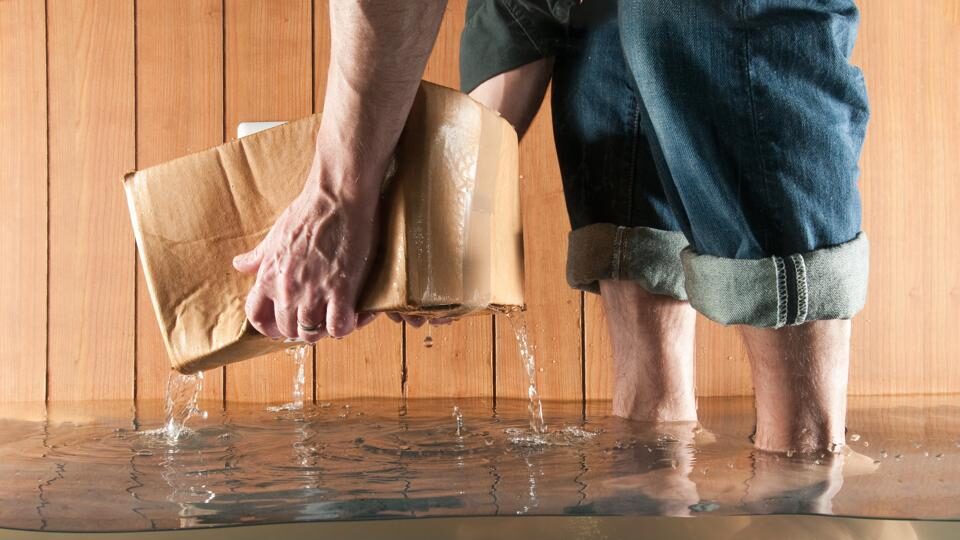
It is usually the NIFP that regulates the pricing of flood insurance policies. Thus, it is likely that all flood insurance policies offered to you are similar in their pricing. To decide the cost of your policy, you would first be required to find an insurance agent. If you live in a high flood-risk zone or a community with the NFIP, the NFIP can find an insurance agent.
Once you have an insurance agent, they will look at the following factors to determine the cost of your flood insurance policy:
- Position of your home.
- Structure of your home.
- How near is it to water?
- Coverage option you have selected (Replacement cost value or actual cost value).
These factors can all impact pricing in a flood insurance policy. However, a lower-cost flood insurance policy, like a Preferred Risk Policy, provides building and contents coverage for homes and properties in areas with moderate-to-low risk for one price. Specific communities also offer qualifying discounts under the NFIP as well.
According to FEMA’s flood maps, flood insurance pricing is heavily influenced by the distance of your house from the water’s edge.
How much does flood insurance cost in my state?
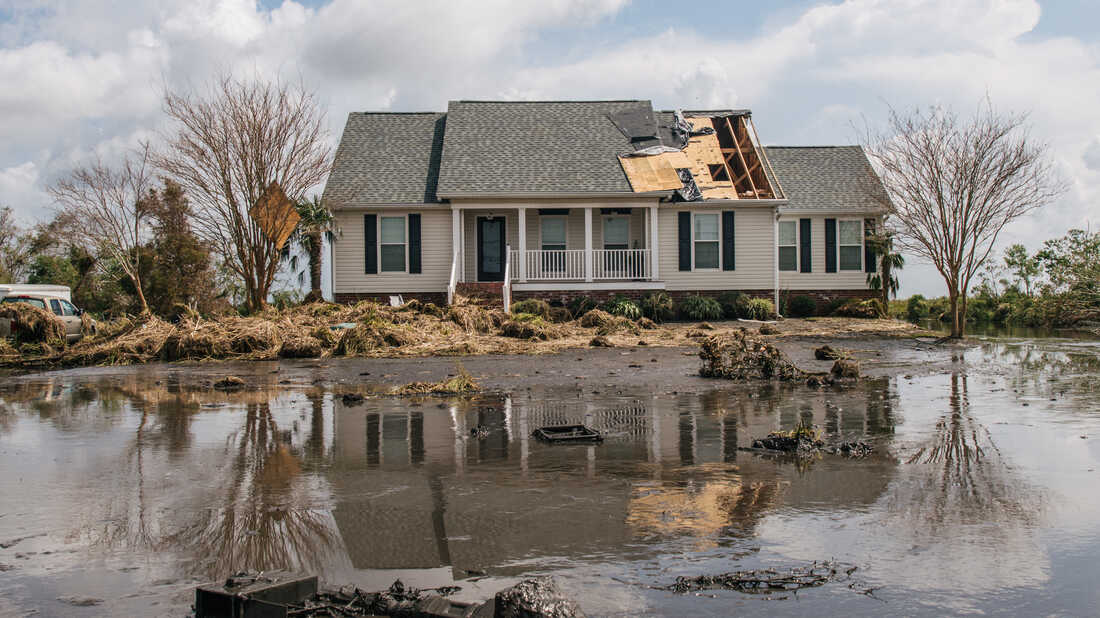
Flood insurance costs can vary considerably from one state to another and are affected by various factors, such as your position, the substitute cost of your home, and the level of reporting you choose. To give you a better idea of what to await, here are the average yearly flood insurance costs by state, based on data from the National Flood Insurance Program:
| State | Average Dwelling Insurance Amount | Average Contents Insurance Amount | Average annual flood insurance cost |
| Alabama | $180,069 | $50,803 | $772 |
| Alaska | $198,358 | $40,278 | $846 |
| Arizona | $197,542 | $39,400 | $674 |
| Arkansas | $123,554 | $26,863 | $691 |
| California | $219,551 | $53,999 | $807 |
| Colorado | $189,973 | $53,526 | $820 |
| Connecticut | $209,761 | $45,536 | $1,491 |
| Delaware | $217,839 | $58,651 | $918 |
| Florida | $209,103 | $64,276 | $699 |
| Georgia | $198,319 | $59,817 | $733 |
| Hawaii | $233,051 | $45,824 | $1,485 |
| Idaho | $189,620 | $47,329 | $738 |
| Illinois | $150,513 | $29,284 | $1,017 |
| Indiana | $135,845 | $27,655 | $876 |
| Iowa | $121,987 | $30,837 | $758 |
| Kansas | $125,793 | $32,968 | $737 |
| Kentucky | $115,426 | $21,992 | $790 |
| Louisiana | $183,483 | $58,053 | $710 |
| Maine | $184,992 | $48,727 | $1,035 |
| Maryland | $203,724 | $56,945 | $800 |
| Massachusetts | $207,315 | $46,303 | $1,429 |
| Michigan | $148,560 | $23,951 | $934 |
| Minnesota | $167,232 | $48,155 | $752 |
| Mississippi | $164,491 | $54,172 | $595 |
| Missouri | $121,190 | $26,836 | $774 |
| Montana | $155,733 | $43,702 | $755 |
| Nebraska | $134,110 | $22,932 | $840 |
| Nevada | $201,947 | $40,384 | $593 |
| New Hampshire | $177,946 | $39,074 | $1,065 |
| New Jersey | $212,545 | $41,592 | $1,158 |
| New Mexico | $161,119 | $26,719 | $797 |
| New York | $207,225 | $55,221 | $1,144 |
| North Carolina | $200,977 | $52,387 | $823 |
| North Dakota | $186,134 | $64,377 | $603 |
| Ohio | $128,257 | $28,130 | $849 |
| Oklahoma | $144,525 | $39,407 | $711 |
| Oregon | $194,808 | $45,042 | $844 |
| Pennsylvania | $138,472 | $34,671 | $900 |
| Rhode Island | $207,124 | $47,801 | $1,388 |
| South Carolina | $221,248 | $69,819 | $794 |
| South Dakota | $148,314 | $40,284 | $772 |
| Tennessee | $169,890 | $48,212 | $704 |
| Texas | $195,264 | $71,489 | $603 |
| Utah | $194,534 | $63,228 | $647 |
| Vermont | $156,916 | $37,390 | $1,017 |
| Virginia | $202,222 | $58,231 | $773 |
| Washington | $191,678 | $43,582 | $834 |
| West Virginia | $96,748 | $17,542 | $767 |
| Wisconsin | $142,222 | $32,373 | $856 |
| Wyoming | $174,909 | $46,680 | $846 |
Understanding FEMA’s Risk Rating 2.0
FEMA (Federal Emergency Management Agency) has launched a groundbreaking change in flood insurance with Risk Rating 2.0. This new method addresses outdated flood rates and the National Flood Insurance Program’s (NFIP) growing debts.
Gone are the days of relying solely on flood maps for insurance rates. Risk Rating 2.0 adopts a personalized approach by evaluating each property’s unique risk factors. These factors include the home’s foundation type, elevation, and proximity to bodies of water. FEMA aims to deliver the most accurate flood insurance costs possible.
The traditional method, in place since NFIP’s inception in 1968, used Flood Insurance Rate Maps (FIRMs) to determine insurance costs. However, this approach had significant flaws. Many properties were incorrectly rated, resulting in premiums that couldn’t cover flood claims. As a result, NFIP found itself in deep debt.
With Risk Rating 2.0, changes in flood insurance costs emerged. Some homeowners faced modest increases, while others enjoyed savings. This transformation took effect for all policies renewed on or after April 1, 2022, marking a significant shift in flood insurance.
Risk Rating 2.0 represents FEMA’s commitment to providing more accurate, fair, and sustainable flood insurance rates. This initiative helps protect homeowners while alleviating the financial burden on NFIP, ensuring that flood insurance remains a reliable safeguard against nature’s uncertainties.
Benefits of flood insurance
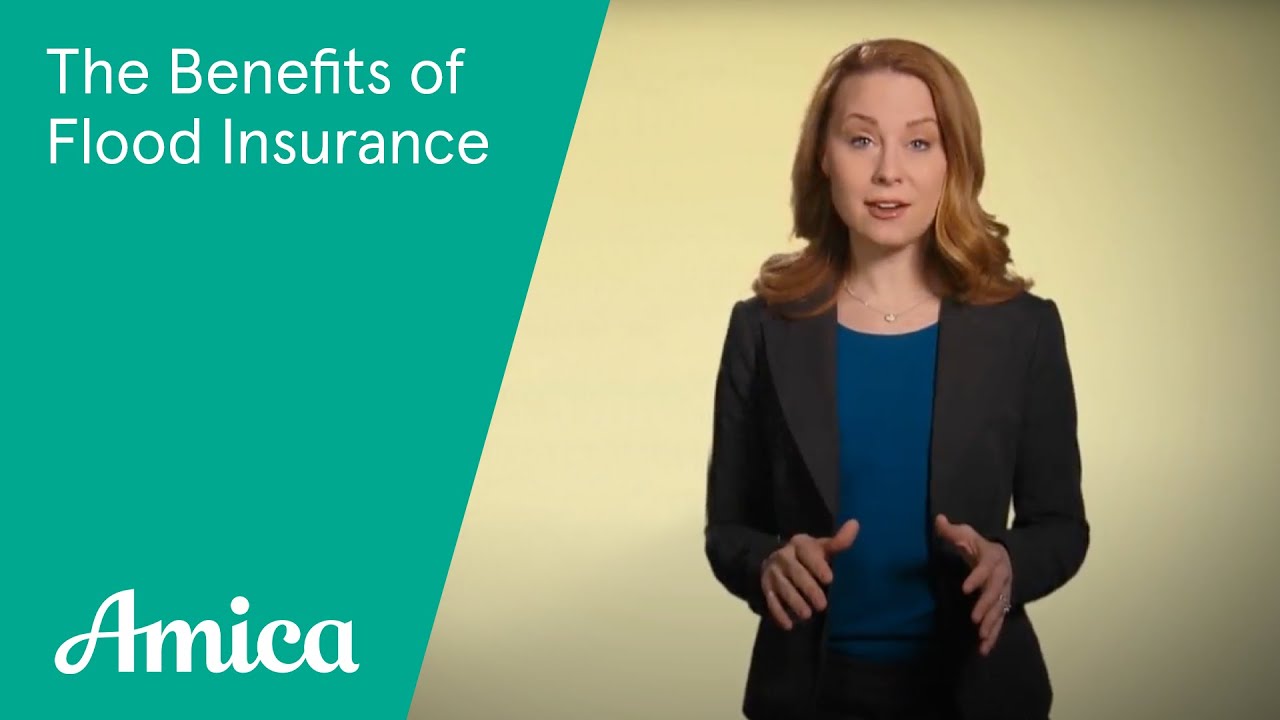
Now that we know how expensive flood insurance is, many people would be put off buying coverage. However, flood insurance is expensive for a reason. It can save you from major catastrophes and vast amounts of money paid in repairing, rebuilding, or replacing. Here are five significant benefits of having a flood insurance coverage policy:
-
It protects your property.
Flood insurance can save you from harm or destroy your property, especially if you own valuable items like pictures, jewelry, antique furnishings, etc. You should only purchase reporting if you are in a safe zone. Data from the Federal Emergency Management Agency (FEMA) disclose that 20 percent of the flood claims come from houses outside listed flood zones.
Many people also tend to mistakenly believe their homeowner’s insurance policy provides flood coverage when usually it is different. Discussing your range and options with an insurance agent when purchasing your policy is essential to ensure everything is clear. If your homeowner’s policy does not come with flood coverage, you can buy a personalized one according to your requirements.
-
It keeps your loved ones safe.
You should be careful and take a more proactive approach to ensure your family’s safety should an unfortunate tragedy happen. There is nothing wrong with being safe, especially when the lives of your loved ones are in question.
-
It will improve your home’s value.
Having a flood insurance coverage policy can improve the value of your home. Even if you do not need flood coverage as you do not live in a high-risk flood zone, you should still secure vital flood coverage.
Having flood insurance shows that you care about your home and society. The pride of ownership will increase the value of your home and act as an example to guarantee other people in the community take the required steps to protect their quality and keep their loved ones safe.
-
It provides ease and flexibility.
Some people evade buying flood insurance because they think it is a bother. However, this is all just an untruth. Flood insurance is one of the insurance policies that are straightforward while ensuring your pockets are not empty by the time you are done. It is also a good investment, saving you thousands in repairing damages or replacing.
The best method to ensure you do not think gossip is to meet up with an insurance representative who can help you split fact from fiction and give you an insurance plan tailor-made to fit your demands.
-
It will give you peace of mind.
There is no ease in living with anxiety. Whenever you have severe weather or other types of disasters, your thoughts will automatically be consumed by the urge to keep your property and loved ones safe. You will also wonder whether you could live in your house after the storm has passed.
To avoid all this anxiety and stress, you should have flood coverage to know you are in safe hands and your loved ones are well taken care of.
Who needs flood insurance?
As said above, you should not escape buying flood coverage because you do not live in a high-risk flood area since 20 percent of flood damage allegations come from homes outside flood areas. It is better to be sheltered and fastened so you do not have trouble with your quality, belongings, or loved ones whenever an attack hits.
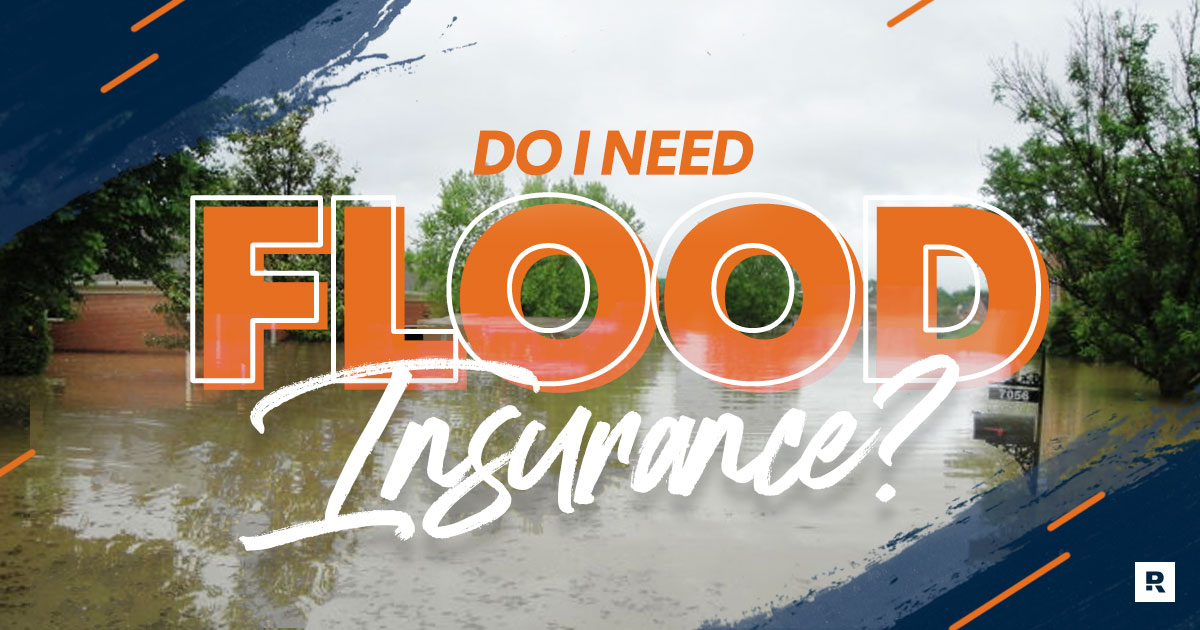
Besides that, there is a demand for home buyers in Special Flood Hazard Areas, or SFHAs, to acquire flood insurance from mortgage lenders. However, suppose you do not live in a flood zone and have a mortgage. In that case, you will not need to buy flood insurance. However, according to the Insurance Information Institute, more than a fifth of claims for flood damage come from homes in low-to-moderate risk areas, the same households not required to purchase flood insurance from lenders.
It is essential for everyone to at least think about getting flood insurance. You never know when you might need it. Even one inch of water can produce $25,000 worth of harm. And as the experts at the NFIP say, “Everyone lives in a flood zone.”
Moreover, without insurance, You will be subject to the federal government’s low-interest loans that usually take the form of disaster relief from floods. And because these loans must be paid back, buying a flood insurance policy is the only way to protect oneself from flood-related costs.
How to save money on flood insurance?
Flood insurance is vital for homeowners, particularly those in flood-prone areas. However, the cost of flood security can add up over the years. The good news is that there are various strategies you can carry out to protect your property and reduce your flood insurance bounties. Here are some master tips:
- Elevate your utilities: Consider elevating your electrical panels, heating and cooling systems, water heaters, and other utilities above the base floor elevation of your home. This step can minimize the risk of flood damage and translate into savings on your premium.
- Elevate your property: If you’re in a high-risk flood zone, elevating your home above your community’s base floor elevation can lead to substantial savings. Each foot of the cliff can result in hundreds of dollars in annual premium reduction. An elevation certificate, obtained annually, can help you secure the best flood insurance rate.
- Install flood openings: Homes in high-risk flood areas must have flood openings on at least two exterior walls. These openings allow water to drain out, potentially reducing damage. If your home lacks flood openings, adding them can lead to premium reductions.
- Fill in your basement: Basements are vulnerable to severe flood damage due to their below-ground location. While filling in a basement might seem drastic, it can significantly lower your flood insurance costs, especially if you’re buying a new home in a flood-prone area.
- Increase your deductible: A higher deductible can result in lower premiums, like other insurance types. Assess your financial position to choose a reasonable level for you.
- Consider relocation: Locating to a lower-risk position can save you cash on flood insurance rewards if you’re in a risky flood area. While this is a significant decision, it reduces your premium costs and the likelihood of filing a flood claim.
- Community rating system (Crs): Moving to a community rating system (Crs) Community can provide financial incentives and reduce flood insurance costs. Communities that work together to lower flood risks often offer lower premiums to residents.
Additionally, FEMA offers mitigation discounts for homeowners who take steps to reduce flood risks, such as elevating machinery and equipment. Obtaining an elevation certificate can also lead to premium reductions. Selecting a higher deductible and exploring community discounts from the NFIP are other avenues to explore.
To purchase FEMA flood insurance, contact your home insurance agent or find an insurance company that sells it on FEMA’s website. Remember that there is typically a 30-day waiting period before your flood insurance policy becomes effective, so Don’t delay securing this essential protection. By implementing these strategies, you can save money while safeguarding your property from the financial burdens of flood damage.
Top flood insurance companies.
The right flood insurance is essential, especially if you live in flood-prone areas. To simplify your search, we’ve reviewed 16 flood insurers and identified seven top contenders to consider:
1. Best overall: Geico
- Geico, a trusted insurance provider, offers flood insurance policies underwritten by non-affiliated third parties, including FEMA.
- Geico is renowned for its exceptional customer service and boasts a solid financial strength rating.
- You can obtain a quote online via their website or mobile app.
- Bundling your flood coverage with Geico auto or homeowners insurance can even earn you a discount.
2. Best commercial flood insurance: The flood insurance agency
- The flood insurance agency, known as private market flood, delivers over $4 billion in personal flood insurance coverage for residential, commercial, and habitational properties.
- Setting itself apart, it offers rate-lock programs, enabling you to lock in your premium amount for three policy cycles.
- You’ll discover quicker online estimates and more extensive coverage options than the NFIP.
3. Best online option: Assurant
- With over 30 years of experience, Assurant provides flood insurance under the NFIP and is the second-largest carrier offering flood insurance today.
- They offer private flood policies with higher coverage limits and flexible add-on coverage options.
- Assurant simplifies policy management and claims filing through its online platform.
4. Best for customer service: Floodsimple insurance services
- Floodsimple insurance services offer non-NFIP alternative flood policies that can be purchased online within 24 hours.
- Their selective approach to insuring properties helps keep prices competitive.
- Impressively, they hold a 4.9 out of 5-star rating on Google based on 617 reviews.
5. Best for veterans: USAA
- USAA, a well-regarded financial services company, caters to U.S. Service Members and excels in customer satisfaction.
- Veterans can access coverage through USAA under the NFIP and obtain excess coverage through their broker network.
6. Best for comprehensive coverage: Neptune
- Neptune, an alternative flood insurance provider, offers policies beyond NFIP coverage.
- Expect higher coverage limits, competitive prices, broader coverage types, and shorter waiting periods.
- Quick and convenient online quotes are also available.
7. Best affordable option: Better flood insurance
- Better flood insurance is a broker that hunts for deals on your behalf.
- Their service includes scouring the web and collecting quotes from private flood insurance companies.
- Clients report average annual premium savings of $500 through their assistance.
When considering flood insurance, assessing your needs, property, and budget is essential. These top flood insurance providers offer a range of options to help you safeguard your home and assets from the financial impact of flooding.
How to choose the best flood insurance?
When selecting the right flood insurance, it’s crucial to consider several Key factors to ensure you’re adequately protected. Here’s a breakdown of what to look for when reviewing and comparing flood insurance providers:
- Coverage options: Begin by examining the specifics of what each policy covers. Pay attention to how they compensate for losses and the maximum coverage limits. Understanding the extent of your coverage is paramount.
- Flood insurance cost: Cost plays a significant role in your decision. Compare premium costs and deductible options across multiple flood insurance providers. Many insurers offer handy flood insurance cost calculators to assist you in assessing affordability.
- Customer service: Customer service quality can vary widely. Evaluate the support channels available, their hours of operation, response times, and, significantly, reviews from previous customers. You can consult the National Association of Insurance Commissioners (NAIC) For records of customer complaints, providing valuable insights into a company’s customer satisfaction track record.
- Waiting periods: Be aware of waiting periods. It is the duration during which you must wait before your policy’s coverage becomes active. The National Flood Insurance Program (NFIP) typically imposes a 30-day waiting period, but private insurers may have different waiting period policies.
- States served: Not all flood insurance providers operate in every state. Verify the service areas of each provider you’re considering to ensure they cover your location.
- Online services: In today’s digital age, Many insurers offer convenient online services. Look for features such as online estimates, educational resources, user-friendly claim filing processes, and accessible account management.
- Eligible properties: Understand the types of properties each flood insurer covers. Be vigilant for exclusions based on location, flood history, or property type. Knowing the eligibility criteria is vital to avoid surprises.
Remember, the Key to securing the best deal is comparison shopping. Obtain quotes from at least three flood insurance providers, allowing you to make an informed decision based on your unique needs and budget. Don’t leave your property’s protection to Chance—choose flood insurance that provides peace of mind in the face of potential flooding risks.
FAQs
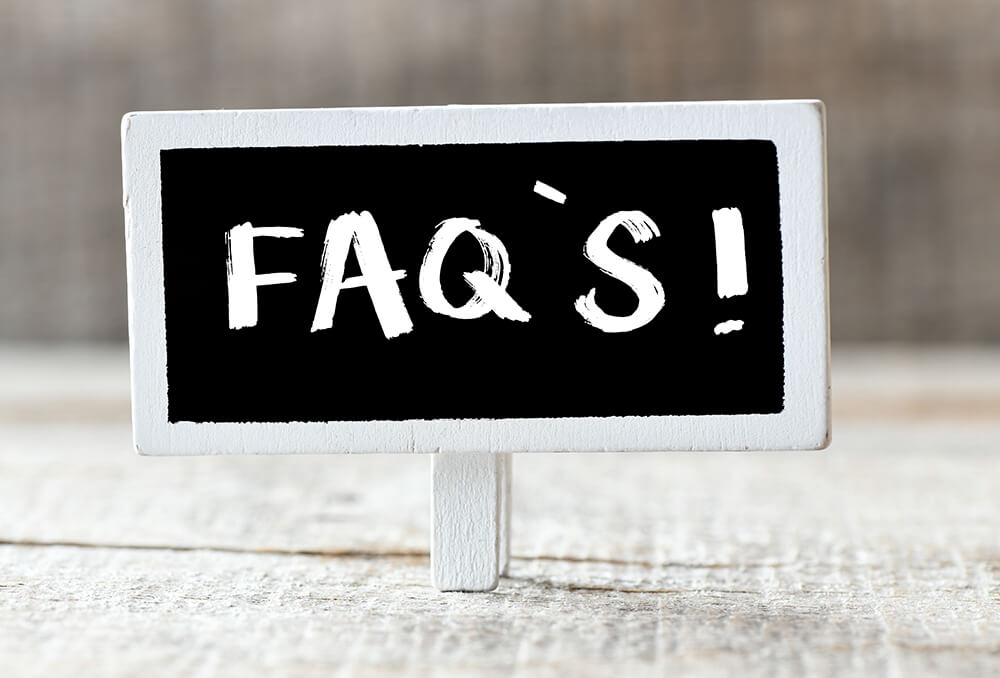
What is the best flood insurance company?
The best flood insurance company depends on your needs and preferences. Get quotes from multiple companies to find the right fit for you.
Does flood insurance cover sewage backup?
No, flood insurance does not cover sewage backup. You may need a separate policy or endorsement for this type of coverage.
Is flood insurance required?
Flood insurance is not legally required, but your mortgage lender may need it if you live in a high-risk flood zone.
Can you refuse flood insurance?
If your mortgage money lender demands flood insurance, you may be incapable of denying it. It’s optional but highly suggested if you live in a flood-prone area.
How quickly can I get flood insurance?
Flood insurance policies typically have a 30-day waiting period. However, this can be waived in certain situations, like home closings or flood map changes.
Is flood security tax-allowable?
Flood insurance is not tax-allowable on your return. Business-associated flood insurance may be allowable on a business tax return.
How much do floods cost?
Flood costs vary, but ordinary flood insurance pays approximately $52,000. Without insurance, you’d have to screen these expenses out of pocket.
Is private flood insurance cheaper than NFIP insurance?
Private flood insurance rates can vary, and it’s possible to find more affordable options than NFIP insurance by shopping around.
What does the National Flood Insurance Program cover?
The NFIP offers construction coverage (up to $250,000) and substance coverage (up to $100,000) for flood-associated damage.
How much does flood insurance cost?
On average, flood insurance through the NFIP costs around $859 annually. Costs can vary depending on factors like location and coverage.
Do I need flood insurance?
If you live in a flood-prone area, flood insurance can defend you from costly flood damage. It may also be required if you have a mortgage in a high-risk zone.
Does car insurance cover flood damage?
Comprehensive car insurance generally covers water damage from floods, while flood insurance policies do not.
Does renters insurance cover floods?
Standard renters insurance does not cover flood damage, but you can purchase a separate policy for your belongings.
What flood zones require flood insurance?
Flood insurance is typically required in high-risk flood areas designated with “A” or “V” on FEMA Flood Maps.
How much flood insurance do I need?
Determine your coverage needs based on the cost of replacing your home and belongings in case of a total flood loss. The NFIP offers up to $250,000 in dwelling coverage and $100,000 in contents coverage. Additional coverage may be available through private insurers.
Conclusion
Understanding flood insurance costs is crucial for homeowners and renters, especially in flood-prone areas. While flood insurance might seem like an added expense, the benefits far outweigh potential financial losses from flooding. It protects your property, belongings, and peace of mind.
FEMA’s Risk Rating 2.0 has transformed how flood insurance rates are determined, ensuring more accurate and fair pricing. Some homeowners may see slight premium increases, while others may benefit from cost savings. This system creates a fairer landscape for all.
Flood insurance helps prevent significant financial losses, maintains your home’s value, and provides peace and resilience during crises. With flood coverage, you can prioritize your family’s safety without worrying about the financial impact of flood damage. To lower your flood insurance costs, consider mitigation strategies such as elevating utilities, installing flood openings, or relocating to a lower-risk area if possible. Additionally, community rating systems and higher deductibles can further reduce premiums.
When selecting flood insurance, evaluate coverage options, costs, customer service, waiting periods, and eligibility criteria. Comparison shopping is essential to find the best flood insurance that meets your needs and budget. Ultimately, investing in flood insurance secures your peace of mind, property, and financial future. Don’t wait for a flood to happen—act now to protect what matters most.
